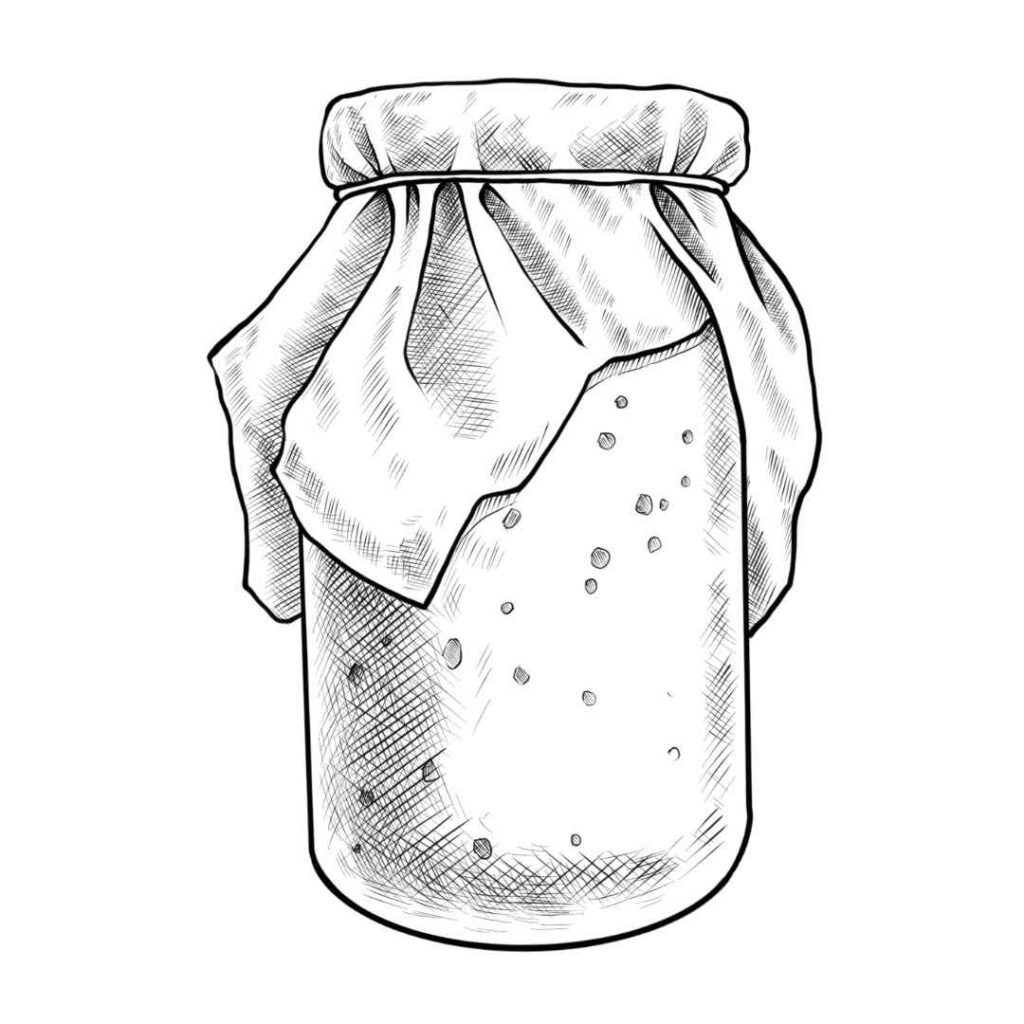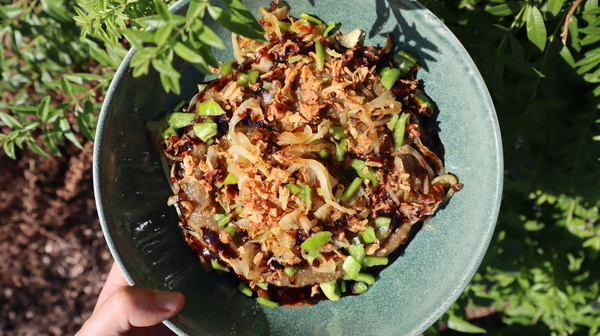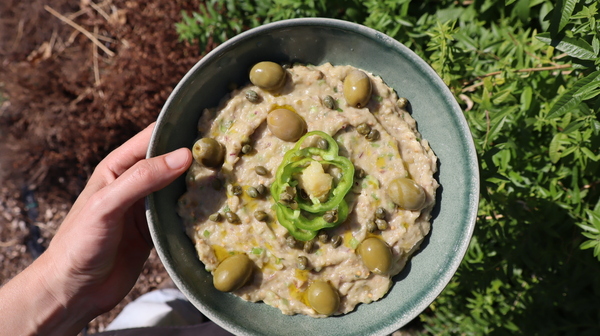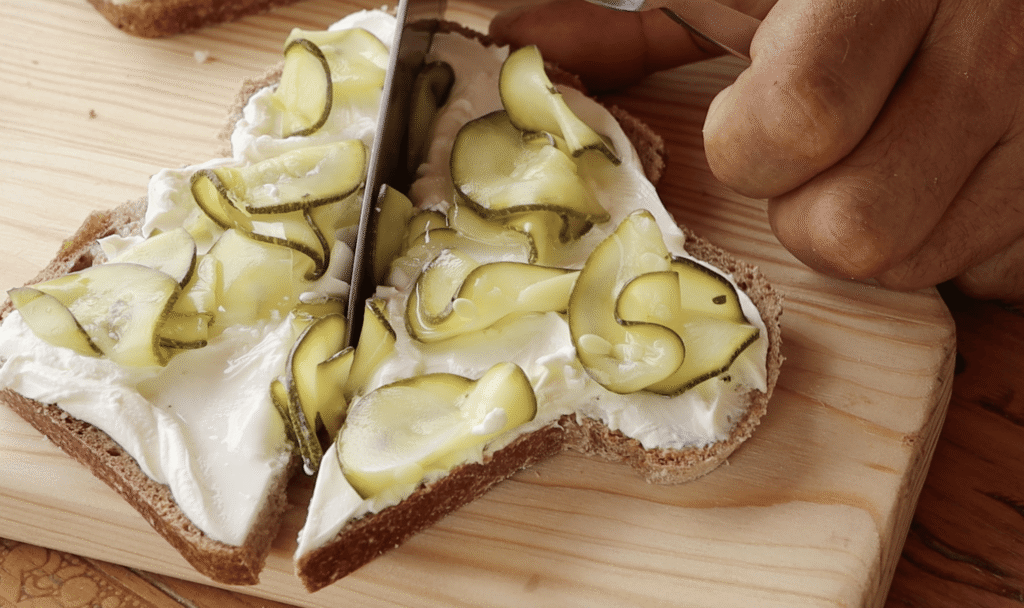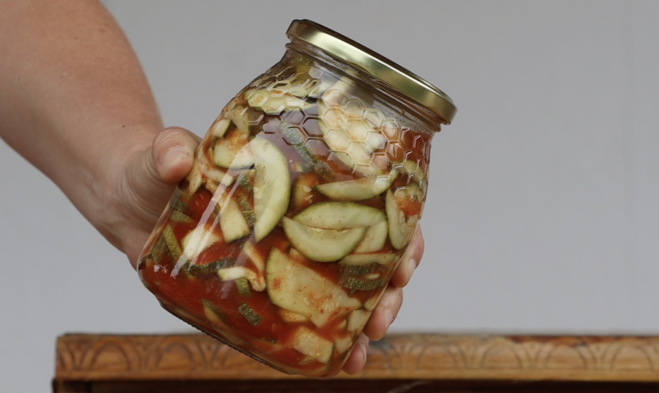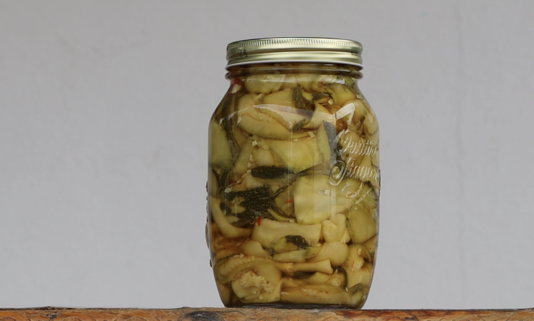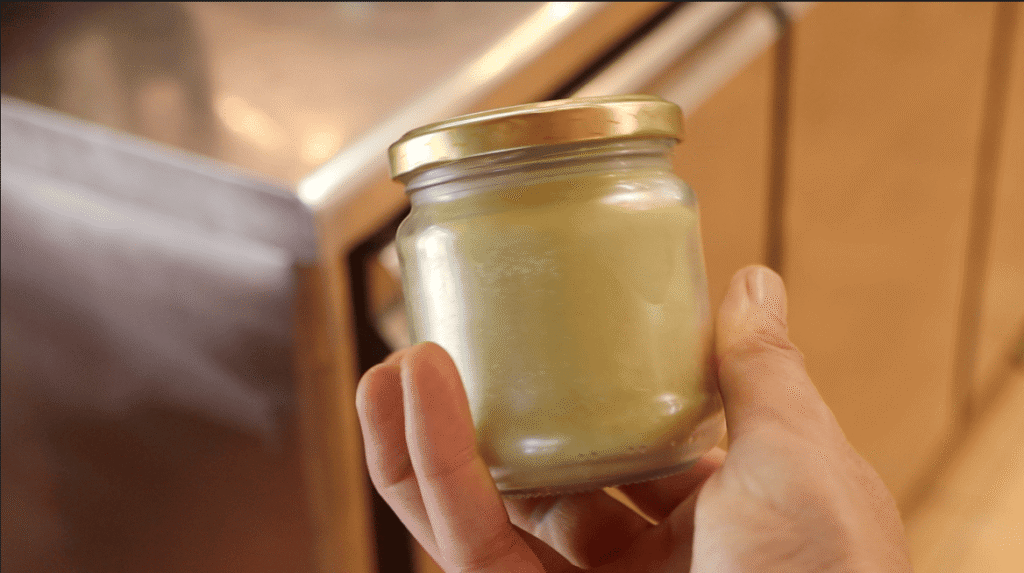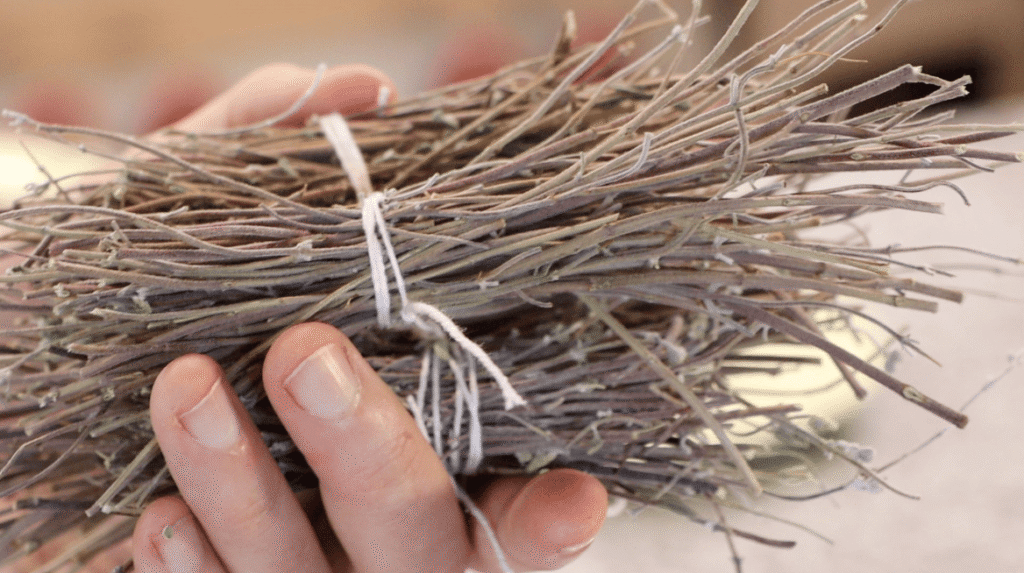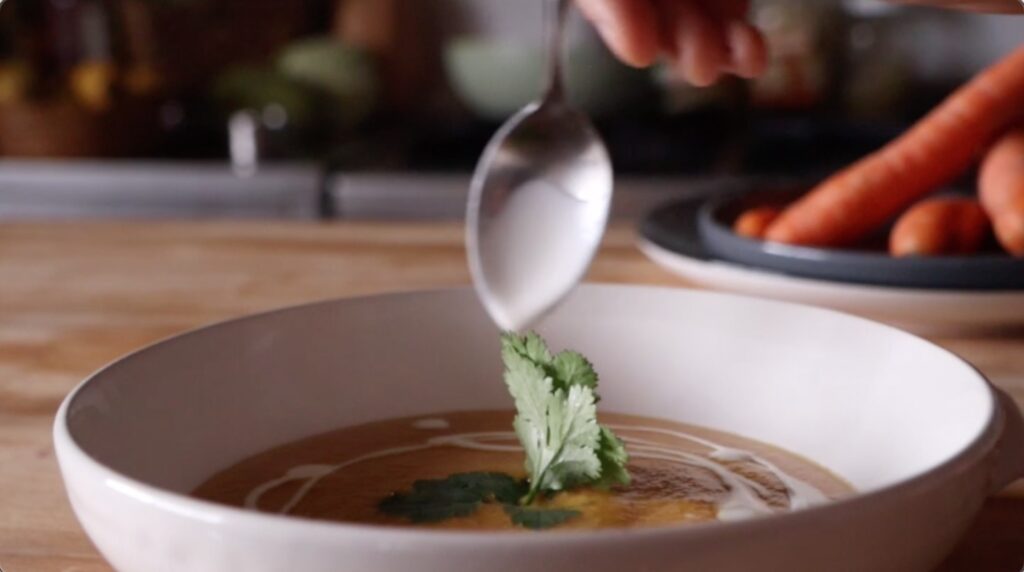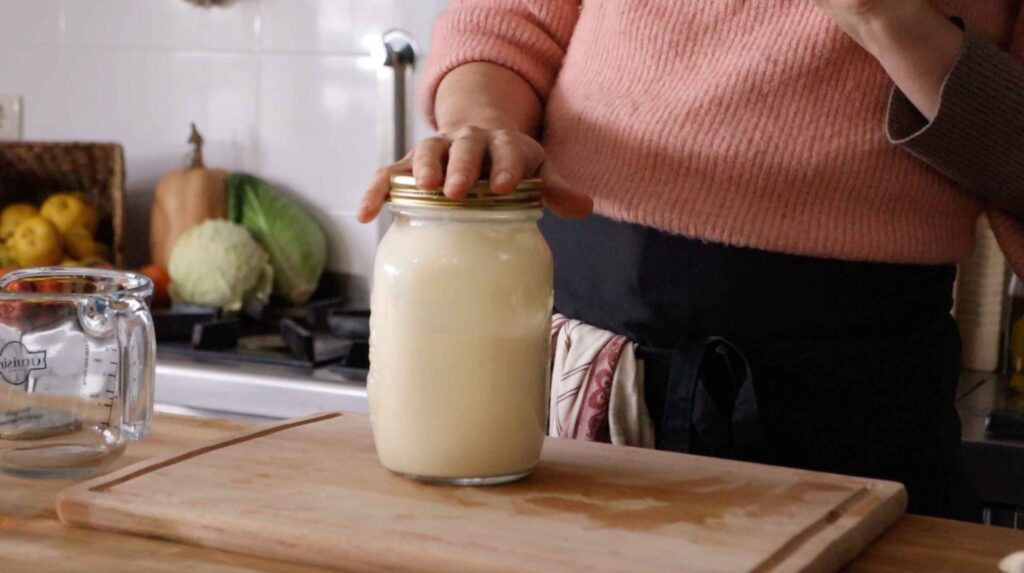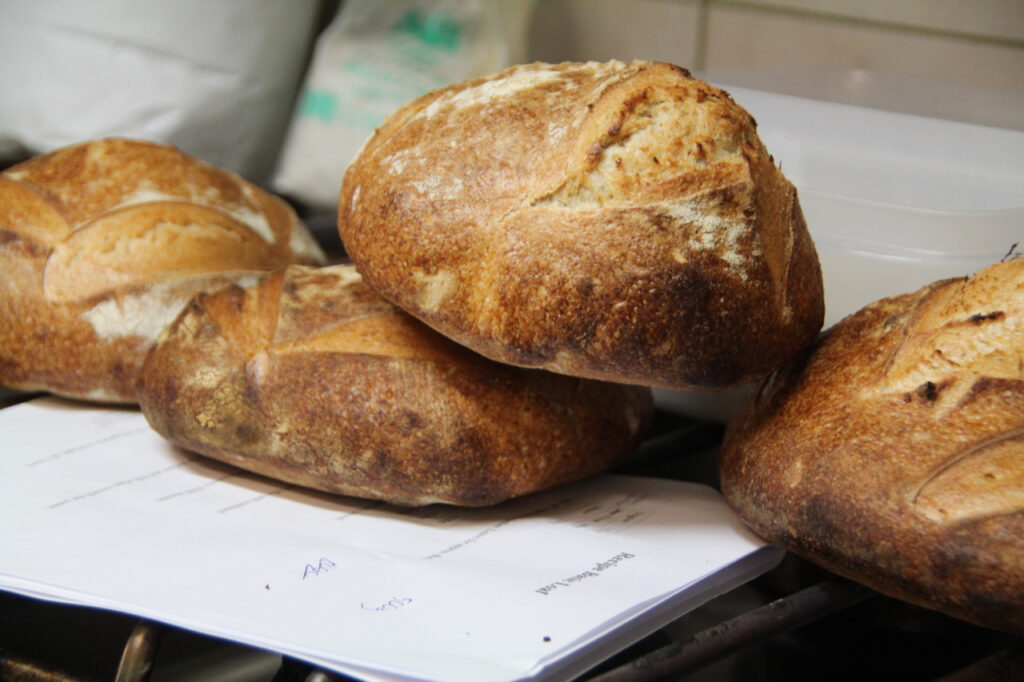Making The Beetroots Glazed in Balsamic with Pomegranate and Roasted Almond Slivers
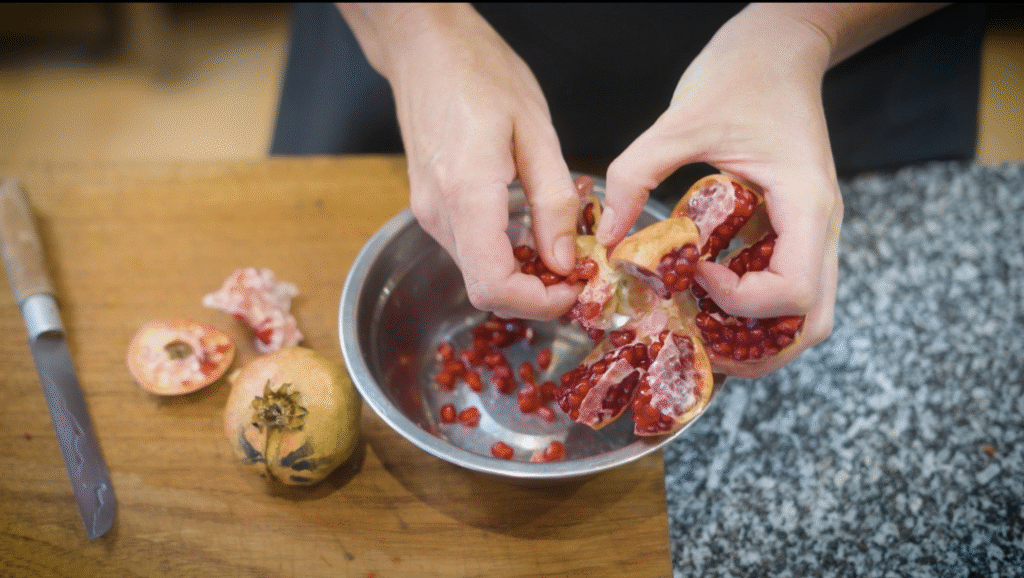
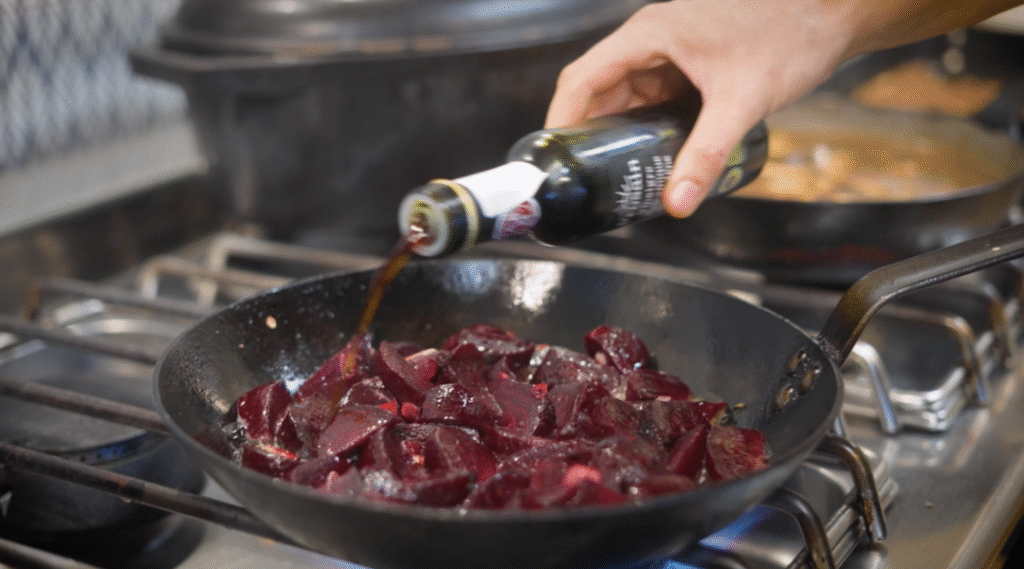

There’s something magical about a dish that tastes like you added sugar… when you absolutely didn’t. These balsamic-glazed beetroots are one of those quietly impressive bowls of goodness that come together with very little effort. By roasting the beetroots whole and then finishing them in a hot pan with garlic and balsamic, you get deep caramelisation, natural sweetness, and that beautiful sticky glaze that hugs every wedge.
Serve these beetroots lukewarm or at room temperature, topped with toasted almond slivers for crunch and ruby-red pomegranate for brightness. It’s a dish that looks festive, tastes wholesome, and fits easily on any table year-round.




